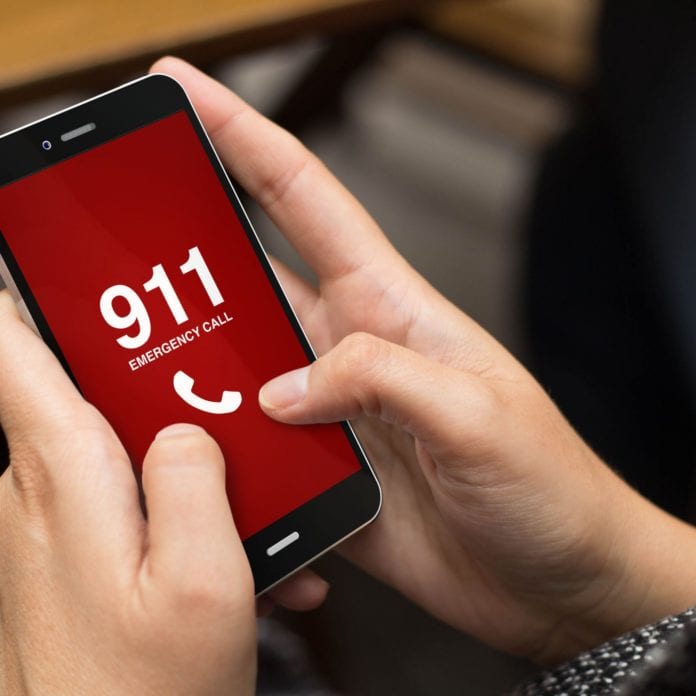States reported that 72% of 911 calls received in 2019 came from wireless phones—but the FCC thinks it’s probably more
Each year for the past 12 years, the Federal Communications Commission has gathered information from states and territories about their 911 fee collection, distribution and general operations and put it together in a report to Congress. Usually published in early December of each year, the most recently available report from 2020 covers the calendar year from January 1- December 31 of 2019.
Here are some of the key statistics from the 2020 annual 911 fee report, related to 911 operations across the country.
-States and territories reported having a total of 5,373 Public Safety Answering Points (PSAPs). Of those, 4,622 were primary PSAPs that answered 911 calls directly, and another 751 were secondary PSAPs that could accept 911 call transfers from primary PSAPs.
-Texas was the state with the highest number of PSAPs, at 572, followed by California at 438. But geographic or population size wasn’t necessarily indicative of the number of PSAPs in a state; Massachusetts reported having 270, while Ohio had 281.
-According to the report, there were a total of 43,526 full-time and 3,307 part-time telecommunicators to support 911 services as of the end of 2019.
-Responding states and territories reported 211,202,215 911 calls of all types during the year, of which 151,971,715 were reported to come from wireless phones, or about 72% of the total call volume. The FCC noted in the 2020 report—as in past reports—that it believes that number “likely understates the percentage of wireless 911 calls” because five states and the U.S. Virgin Islands only reported their 911 call totals, without a service type breakdown. In 2018, 70% of the 911 calls reported came from wireless phones.
-Total 911 call volumes were on a decreasing trend, at least through 2019. Total calls during 2019 were the aforementioned 211.2 million, which was down from the 213.8 million 911 calls reported during 2018. The 2018 figure was also down from the number of calls in 2017, when more than 222 million 911 calls were reported by the states.
-37 states reported having local, regional or statewide Emergency Services IP Network (ESInets), which is the foundation for Next-Generation 911 services. Only 18 states said their ESInets were statewide.
-45 states, D.C. and Puerto Rico reported that they had 2,708 PSAPs that were text-to-911-capable as of the end of 2019; another three states and Guam were expected to be added during 2020.
The full 2020 annual report can be accessed here.

